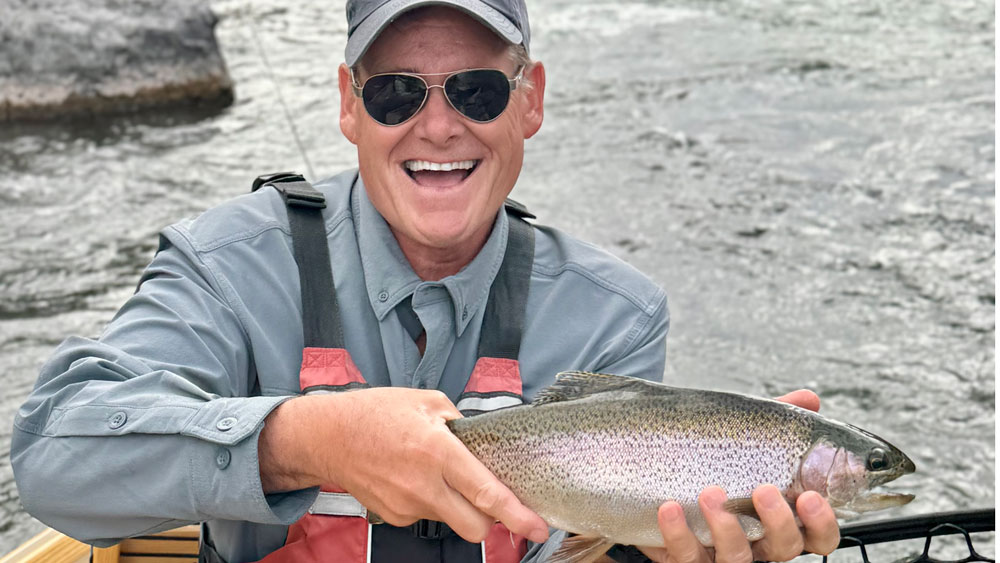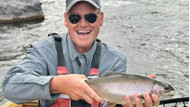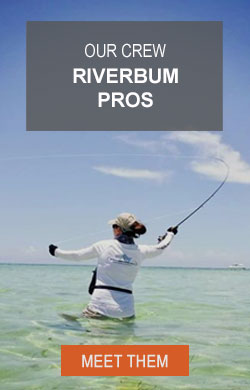Mastering The Trico Hatch For Trophy Trout

The Trico hatch, a late-summer to early-fall event, draws trout into feeding frenzies that will test both your patience and precision.
Despite their tiny size—usually between size 20 and 24—Tricos can turn calm pools into chaotic rings of rising fish. For those who love dry-fly fishing, there’s nothing more satisfying than matching this hatch perfectly and watching a trout sip your imitation from the surface.
What Are Trico Mayflies?
Tricorythodes, or “Tricos,” are small mayflies that hatch in late summer and early fall. Their dependable emergence, paired with their sheer numbers, makes them a vital food source for trout across North America.
Each morning, male Tricos gather above the water, performing mating dances before falling spent onto the surface. Soon after, clouds of female spinners join them, carpeting the river with thousands of delicate mayflies. For trout, it’s an irresistible buffet—and for anglers, a predictable opportunity.
Why Fall Trico Fishing Is So Productive
Consistent Morning Hatches
One of the biggest advantages of the fall Trico hatch is its predictability. Calm, cool mornings provide the perfect conditions for massive spinner falls. As soon as sunlight touches the water, swarms appear over riffles and runs.
Anglers who study their rivers learn to anticipate the timing almost to the minute. This reliability means you can plan your outing around the hatch—arriving early, setting up quietly, and being ready when the surface begins to come alive.
? Pro Tip: Keep a log of air and water temperatures, sunrise times, and hatch activity. Patterns repeat year after year, helping you dial in future trips.
Trout Feeding Behavior in the Fall
During fall, trout are biologically driven to feed aggressively before winter. Cooler weather signals that lean months are ahead, so they take advantage of abundant, easy meals like Tricos.
Unlike sporadic summer hatches, Trico emergences offer a constant flow of insects drifting downstream for hours. Trout often line up in feeding lanes, rising rhythmically to sip the tiny mayflies from the surface.
This behavior gives anglers multiple shots at the same fish—especially larger trout that become laser-focused on this hatch. The challenge lies in presentation: a perfect drift and subtle approach are essential.
Cooler Water Temperatures Mean More Active Fish
After months of summer heat, cooler fall water temperatures reinvigorate trout. Oxygen levels rise, metabolism improves, and fish become more active and less wary.
In early autumn, you’ll often find trout moving from deep pools into shallower riffles and runs—the same areas where Tricos hatch. These are prime feeding zones, offering anglers the best chance at sight-fishing to steady risers.
Unlike summer’s sluggish midday periods, fall fishing can stay productive well into the late morning, extending those perfect dry-fly sessions.
Less Angler Pressure in Autumn
As the days shorten, many anglers turn their attention to hunting or other fall pursuits. This leaves rivers quieter and trout less pressured.
For fly fishers, this means a unique window of solitude—and often, more cooperative fish. With fewer lines in the water, trout return to their natural feeding patterns, making them easier to approach and fool.
If you value peace, space, and a slower pace, there’s no better season than fall. The combination of reliable hatches and reduced competition makes it arguably the best time of year to chase wild trout.
Best Tactics for Trico Fly Fishing
Match the Hatch with Precision
Trico fishing demands tiny, realistic patterns. Go with size 20–24 spinner imitations that sit flush in the surface film. Look for flies with sparse, translucent wings and slim bodies in black or olive tones.
Popular patterns include:
- Trico Spinner (Male and Female)
- CDC Trico Spinner
- Trico Comparadun
- Poly Wing Spinner
When in doubt, match the size and color of the natural insects floating on the water.
Presentation Is Everything
Trout feeding on Tricos can be extremely selective. Even the right pattern won’t work without a natural drift. Use a 6X or 7X tippet to minimize drag and achieve a subtle presentation.
Cast slightly upstream of your target, then let the fly drift freely into the feeding lane. Any unnatural movement will send selective trout diving for cover.
Use a Tandem Rig for Visibility
Trico flies are notoriously difficult to see, especially on glassy water. To make tracking easier, tie your Trico behind a larger, more visible dry fly—like a Parachute Adams or small caddis—using a 12–18 inch dropper.
The larger fly acts as a strike indicator without spooking trout. When it twitches or disappears, set the hook gently—you might be connected to a trophy brown.
Time Your Approach
Timing is everything during a Trico hatch. The spinner fall usually peaks between 8:00 and 10:00 AM, depending on weather and sunlight.
Arrive early to observe the water before casting. Note where trout are rising and whether they’re taking emergers, duns, or spinners. Adapting to their feeding stage can make or break your success.
Essential Gear for Trico Season
- Rod: 3- or 4-weight fly rod for delicate presentations
- Reel: Smooth drag system for light tippets
- Tippet: 6X–7X fluorocarbon for stealth
- Leader: 9–12 feet for natural drifts
- Polarized Sunglasses: Essential for spotting subtle rises
The Joy of Fishing The Trico Hatch
The Trico hatch captures the essence of fly fishing: observation, timing, and connection. It’s a small fly with big lessons—about detail, discipline, and the fleeting beauty of nature’s cycles.
When you finally hook a trout on a fly barely larger than a grain of rice, the feeling is pure satisfaction. Every cast, every drift, every rise leads to that one perfect moment.
So grab your rod, tie on a size-22 spinner, and step into the crisp water. The hatch won’t last long, but the memory of that perfect autumn morning will stay with you all winter.







